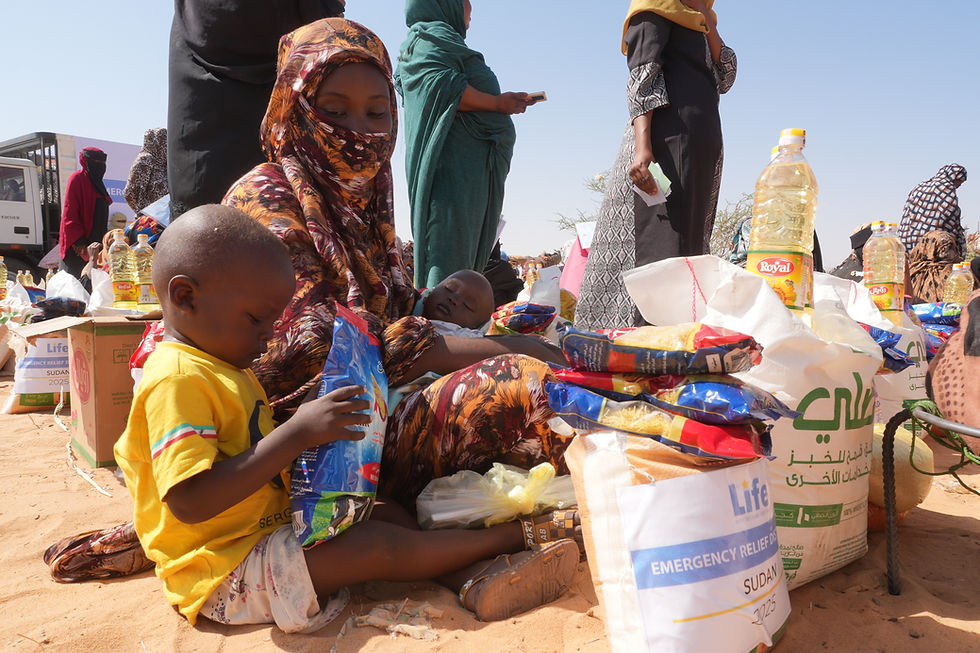31,170 Cataloged Edible Plants Easing World Hunger
- Life USA
- Sep 22, 2022
- 2 min read
One Tasmanian man has spent over 50 years cataloging edible plants and people are raving worldwide.
The UN recently reported that global numbers of hunger and starvation have grown to 828 million in 2022. The people in this category are characterized by an insufficient intake of calories, vitamins, proteins, and minerals that ultimately impedes their ability to function normally. As a result, the health, education, economic and social development of entire communities suffer around the world.
A total of 10% of the world's population currently goes to sleep hungry. In the last decade we saw this number go down, however, recently, since 2017, the number has begun to dramatically increase.

This can be attributed to more frequent natural disasters, increased conflict in certain regions, and the socio-economic aftermath of the Covid-19 pandemic. The world food crisis is an unnecessary tragedy. Our earth produces more than enough food to feed the 7.95 billion people living on it.

Bruce French is a 58-year-old Tasmanian Agriculture scientist, who believes just that. He has been cataloging the world's edible plants for the last five decades. His catalog currently holds 31,170 edible plants. Today, his work is being used across the globe to combat world hunger.

"I'm not trying to make fame or fortune. I'm interested in hungry kids not dying before they get to school," said Mr. French.
Bruce French looks at the plant's protein, vitamins A, C, Iron and Zinc. So many plants native to the countries that are suffering the most from hunger are far richer in nutrition density than the food that is imported, local people just don’t know it.

People and organizations accessing French’s free database are starting to see fruitful results. AOG World Relief Vietnam works in schools in Vietnam where a large portion of children are malnourished. This organization planted 16 gardens in different elementary schools and taught the parents and students about the edible plants that were planted there and encouraged them to eat them. As a result, malnutrition is down and enrollments are up.
In addition to the French's work, many charitable agencies are working to ease the suffering of the starving people in the world. As one of these charities, LIFE acknowledges and commends Bruce’s incredible contribution to the bigger picture of solving world hunger. LIFE has been active for over 29 years in providing food resources and the development infrastructure worldwide to support the growth and sustainability of communities in need.

Something good has been planted, new roots are being put down, and hope for the future has sprouted. Puns aside, joking aside, world hunger is certainly a difficult problem to solve. However, if Bruce French's work proves anything it is that if individuals, organizations, and governments work together we can move mountains.



